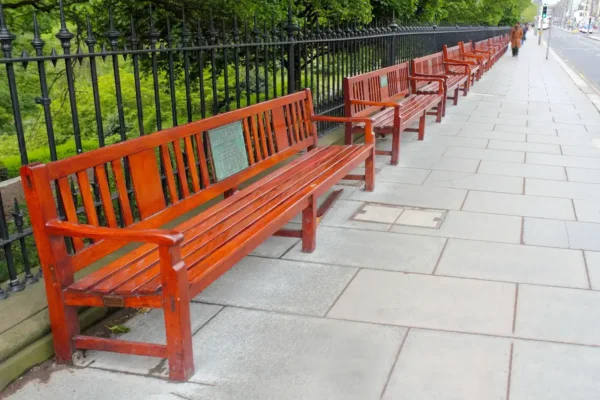If you’ve found your dream property and it is a fine old building in a particularly charming community, it may be that the building is listed and/or is located within a ‘conservation area’. In this article we’ll talk more about what the conservation area may mean for the property. Property in conservation areas may also be listed buildings – you can read more about listed buildings in this article.
What is a conservation area?
There are over 600 conservation areas in Scotland. They can be on historic land, battlefields, in public parks, in certain designated landscapes. What links most of them is they contain a group of buildings which collectively mean the conservation area is worth safeguarding for the future.
Conservation areas are maintained by the relevant Local Authority under the ‘Planning (Listed Buildings and Conservation Areas) (Scotland) Act 1997’. If buildings within the conservation area are listed, they’ll be assessed by Historic Environment Scotland (HES)
What are the obligations and restrictions on listed building owners?
If you are buying property in conservation areas, it will be listed as such in the Home Report. If you plan to do anything to either the interior or the exterior of the property, such as making a structural change, adding or removing an element, you’ll have to apply for the appropriate planning permission and building warrant.
If you have a property that is NOT listed or in a conservation area, you will likely have ‘permitted development’ rights with the property that do not require planning permission. This means you can do things like put up a satellite dish or erect a garden shed.
If you live in a conservation area, you are unlikely to permitted development rights to make ANY change to the property without applying for permission. This extends to matters including replacement windows and doors, roof lights, solar panels, new parking spaces, exterior painting and most other types of work.
Regardless of whether you live in a conservation area, you should discuss with your local planning authority what permissions you may or may not require when making alternations to your property.
Trees in Conservation Areas
Trees often contribute to the character of a conservation area and many of them. If it an offence to do any work to a tree in a conservation area without first seeking the input of the planning authority. They may choose to make a ‘Tree Preservation Order’ giving significant protection to the tree. A tree on the property may already have a Tree Preservation Order and it is the responsibility of the property owner to establish whether this is the case or not.
Buying property in conservation areas – conclusion
Buying a property in a conservation area does come with restrictions, but in return you get to live in a charming community and become a custodian of an important part of Scotland’s build heritage. We have many years of helping clients purchase all sorts of property, from listed castles to new build homes. Whatever property you have your eye on, let Wallace Quinn help you realise your property dream. Get in touch for a conversation.
